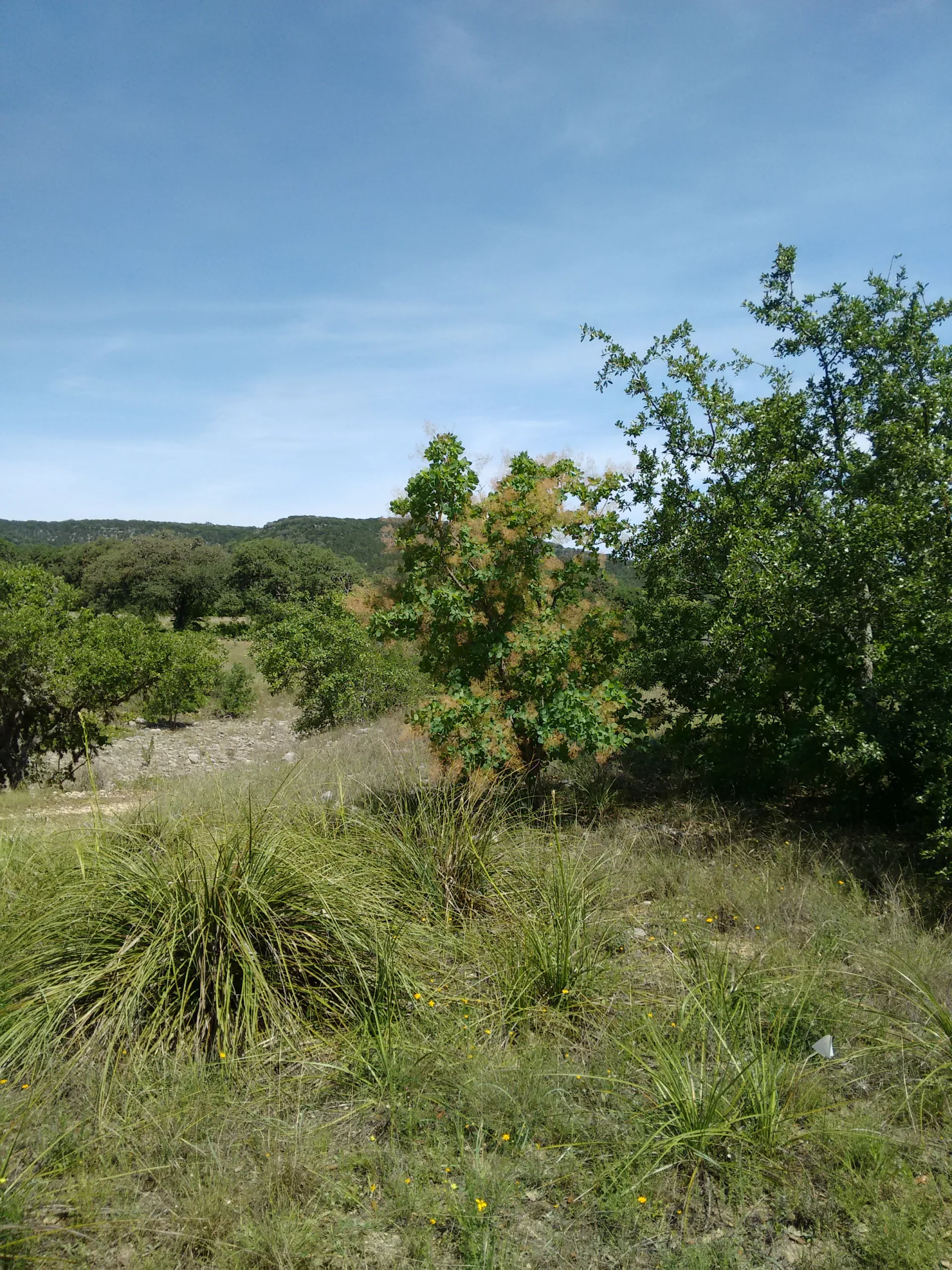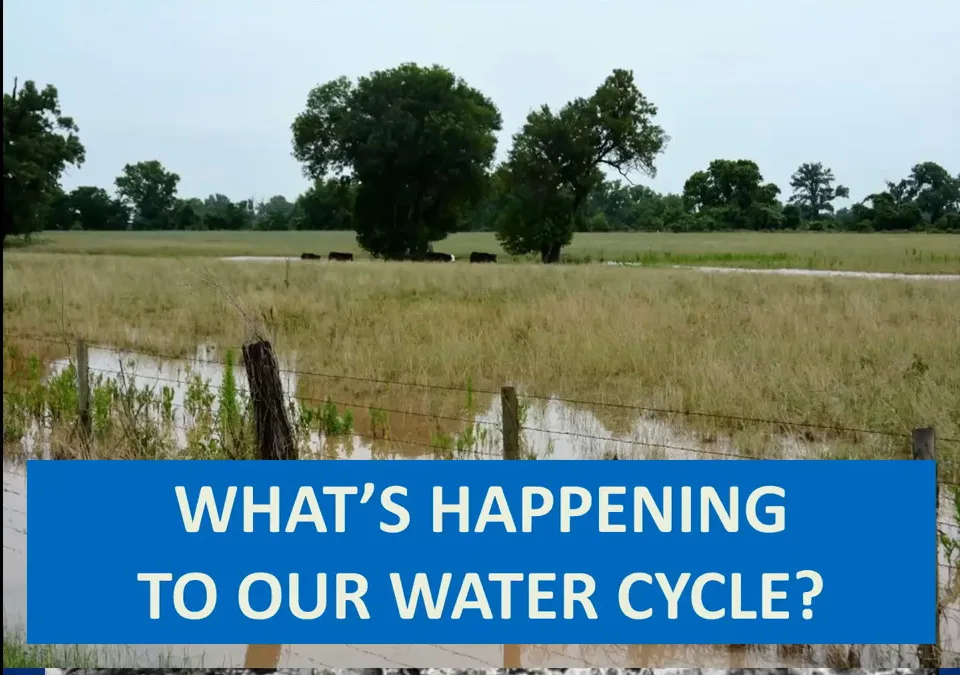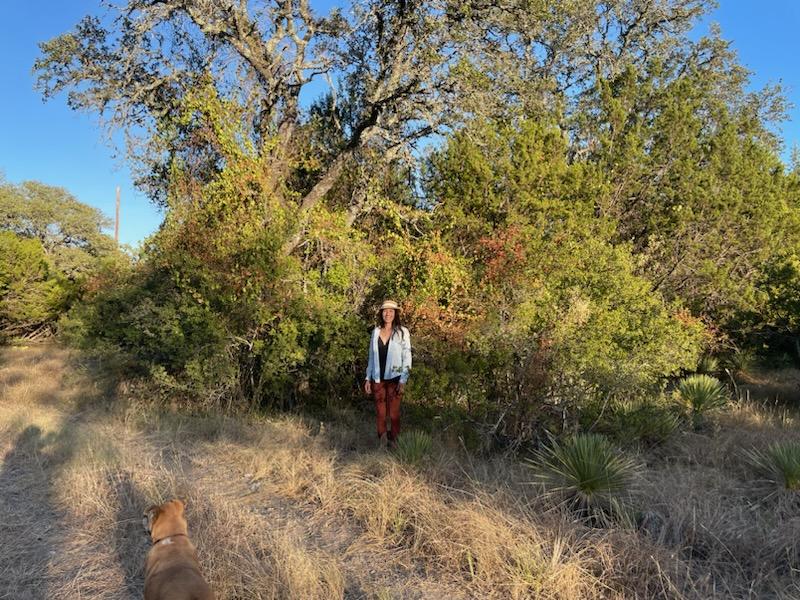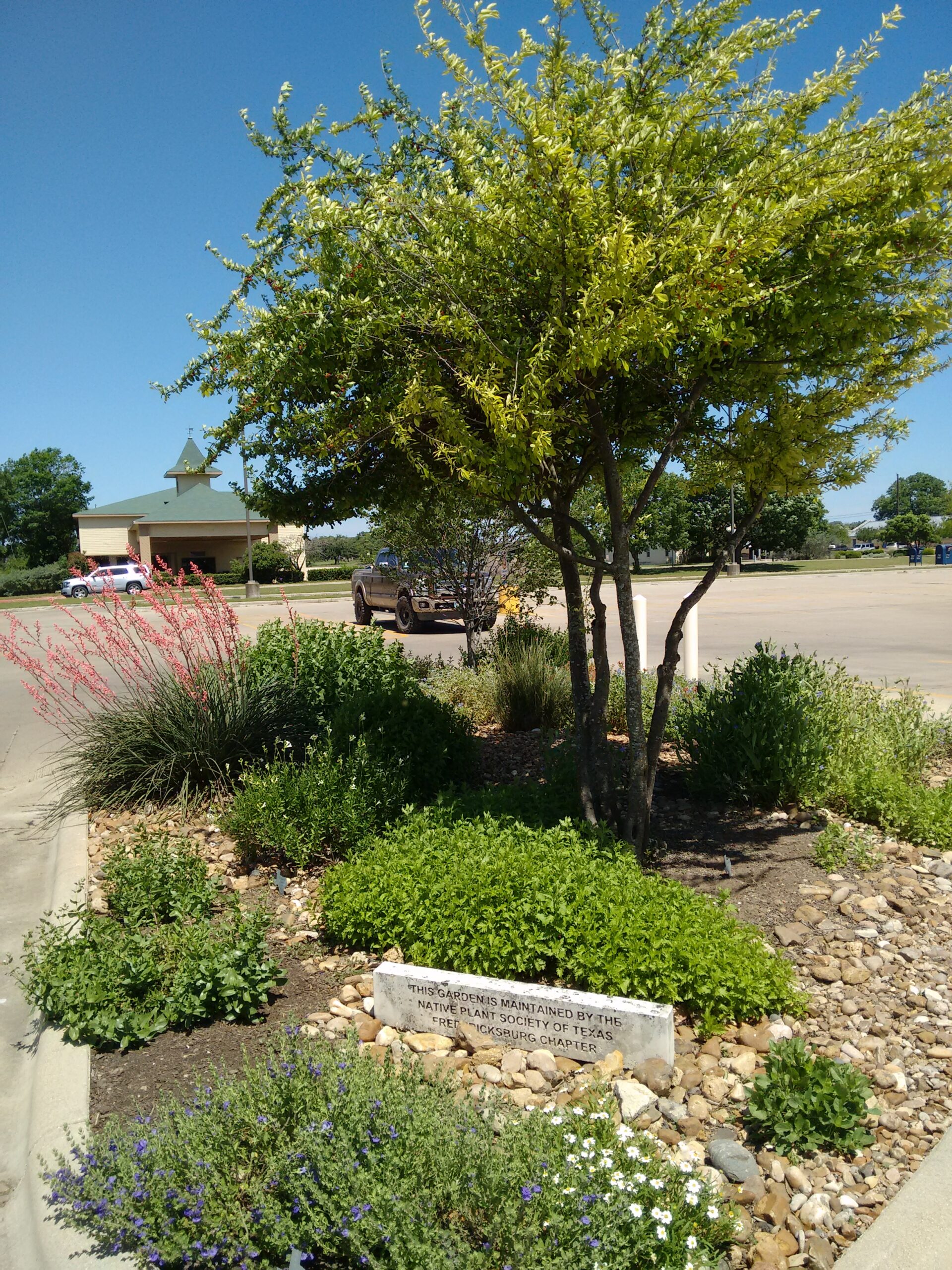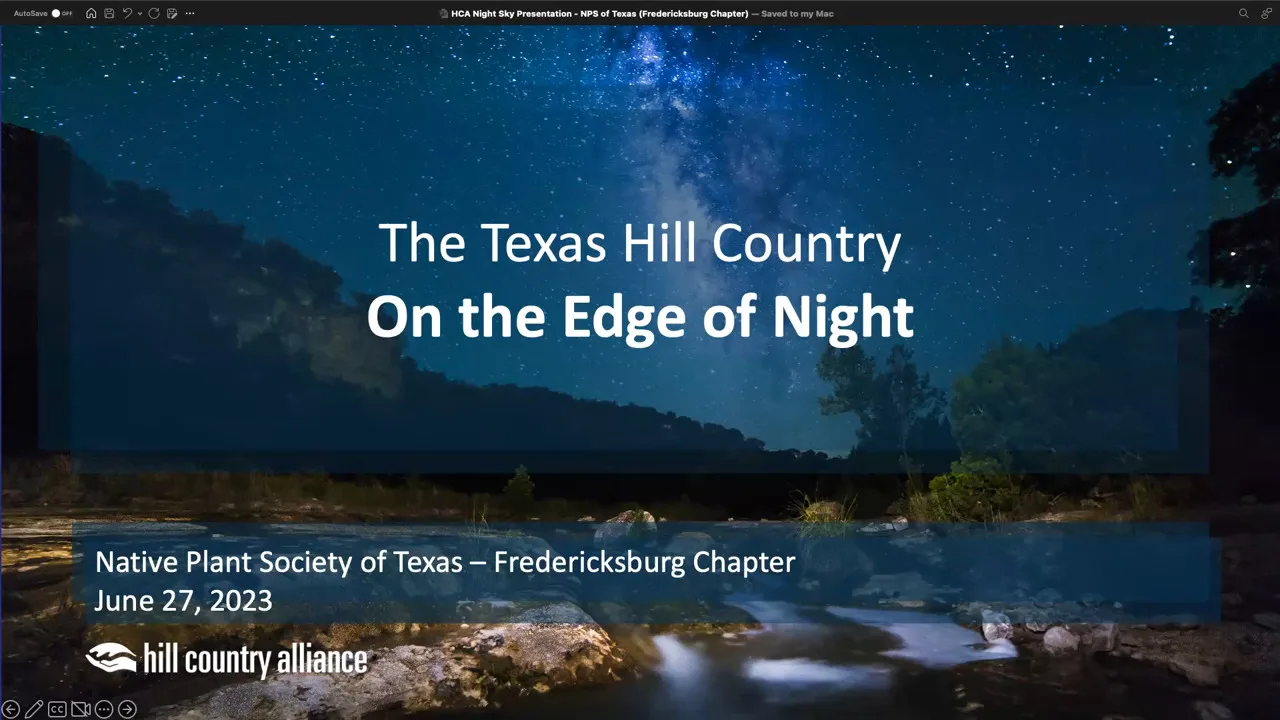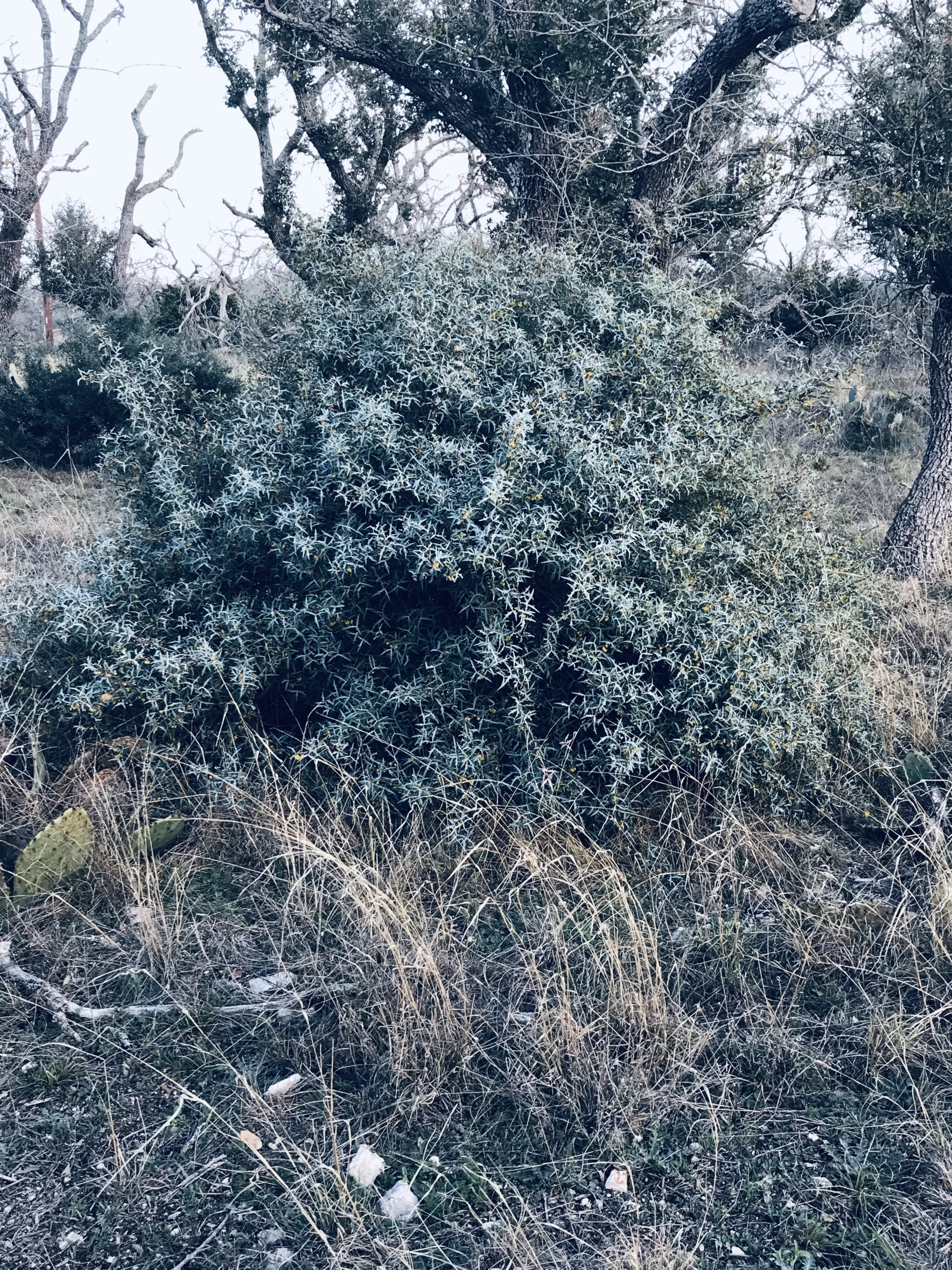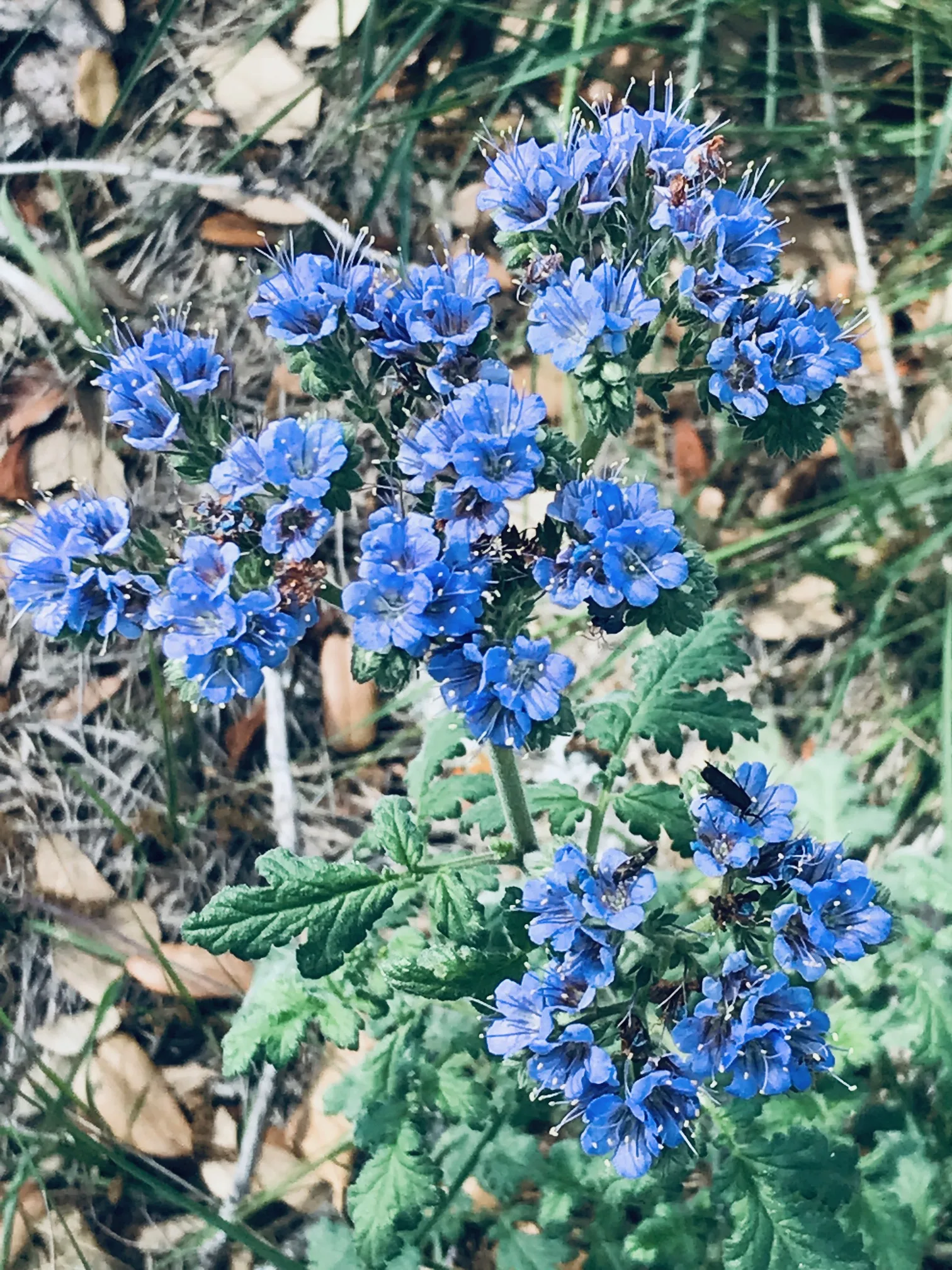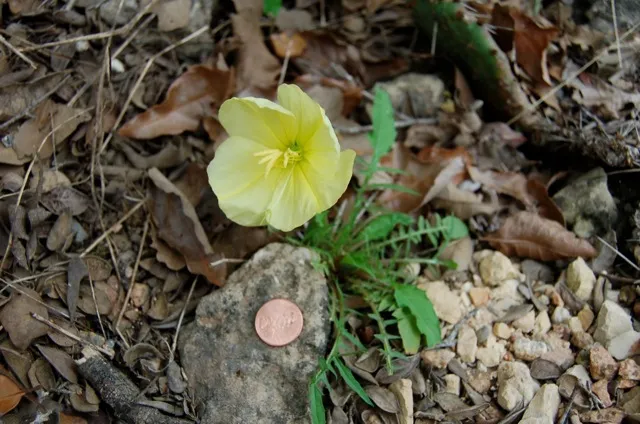The Fredericksburg Chapter of the Native Plant Society of Texas
invites you to explore the heart of our native Edwards Plateau ecosystem.
Willkommen ~ Welcome
We are Hill Country!
Draw an equilateral triangle. Austin and San Antonio anchor the easternmost points.
The triangle climbs into the hill country and onto the Edwards Plateau, its tip touching Fredericksburg and Gillespie County.
The pink dome of Enchanted Rock rises to the north of us.
This entire area is an intricate patchwork of oak and juniper woodlands,
savannas interwoven with grasslands, tree mottes and shrubs. Always native blossoms stand ready to amaze the viewer.
Ours is truly a rich and diverse natural heritage.
S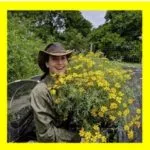 hannon Brown, our speaker leading into this hill country gardening season, did not create the idea of regenerative agriculture or even gardening. However, she did found Ecosystem Regeneration Artisans (ERA) a landscape company with a vision to regenerate our world.
hannon Brown, our speaker leading into this hill country gardening season, did not create the idea of regenerative agriculture or even gardening. However, she did found Ecosystem Regeneration Artisans (ERA) a landscape company with a vision to regenerate our world.
From apartment makeovers with plants that remove air toxins to wildlife management on large-acreage ranches, Shannon and her team focus on earth care and people care. The gardens they help us create use native plants to provide wildlife habitat for pollinators and birds, 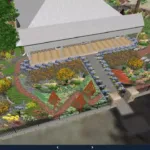 incorporate perennial food crops for human consumption,and often involve mechanisms to harvest rainwater, capturing it into the soil before it runs off, becomes polluted and contributes to flooding.
incorporate perennial food crops for human consumption,and often involve mechanisms to harvest rainwater, capturing it into the soil before it runs off, becomes polluted and contributes to flooding.
Her presentation will be informative and provide the seeds of ideas for your own “ecosystem” experience.
Speaker: Shannon Brown, founder of Ecosystem Regeneration Artisans (ERA)
6:30 greeting friends new and old
7:00 ~ This month ‘s business meeting & presentation:
If your day doesn’t quite manage in-person attendance,
Join us @ 7:00 p.m. on our YouTube channel: Fredericksburg Texas Native Gardening. Click “live” to see the scheduled meeting. Click on that meeting to join. The chat window will be open for questions during the presentation for those who have subscribed to the channel.
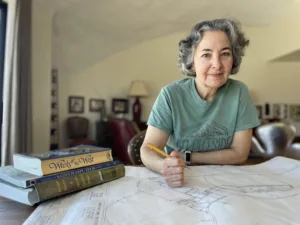
April 23, “Get Real” Garden Design with Native Plants
“I’ll show you practical ways to build gardens that will enhance your property and be less work as time goes by,” noted Paula Stone. “I once heard someone say that, ‘The gardening should get easier as the gardener gets older.’”
Paula Stone, Vice President of the Fredericksburg Chapter of the Native Plant Society of Texas, will share her extensive knowledge about landscape design using native Texas plants on April 23 from 6:30-8 p.m. at St. Joseph’s Halle, Fredericksburg.
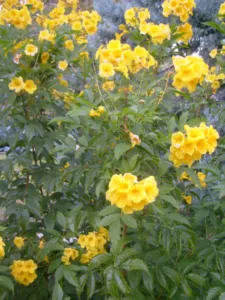
Esperanza – a N.I.C.E. spring plant and Texas SuperStar
Esperanza, also known as “yellow bells” and “yellow trumpet,” is a native shrub with a tropical feel. Call it eye candy for your summer landscape – if you get it planted during the spring! Planted in the spring, they will have months of our warm weather for root growth before the first hard freeze.
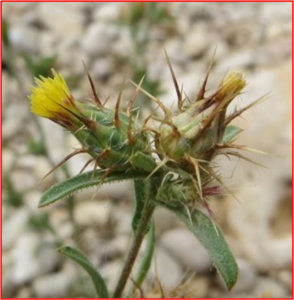
March 26 “Invasive Non-Native Plants – and How to Get Rid of Them”
“Non-native, invasive plants are destroying biodiversity and wreaking havoc in our backyards, neighborhoods, parks and preserves,” stated Cheryl Hamilton, How do you recognize them? How do you eradicate them?” Hamilton, our speaker this month and co-founder of the Invaders of Texas Program, Balcones chapter, provides us with the tools.
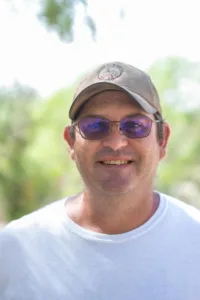
Feb. 27: “Native Seed Selection and Planting Tips”
“Reading your land and picking out the right type of native seeds for your particular landscape is just the beginning,” explained George Cates, spokesman for Native American Seed. “Preparing the site and correctly planting the seeds are equally important.
Playlist
Contact the Fredericksburg Chapter
Hi, Please join our conversation and our monthly meeting. Our vision is restoring and protecting the native plant heritage of our Texas landscape. Do you have ideas or questions about using plants 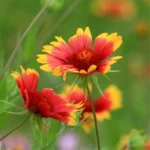 native to this ecosystem in your garden or landscape. We accomplish so much more when we are working as a group.
native to this ecosystem in your garden or landscape. We accomplish so much more when we are working as a group.
Drop us a line.


